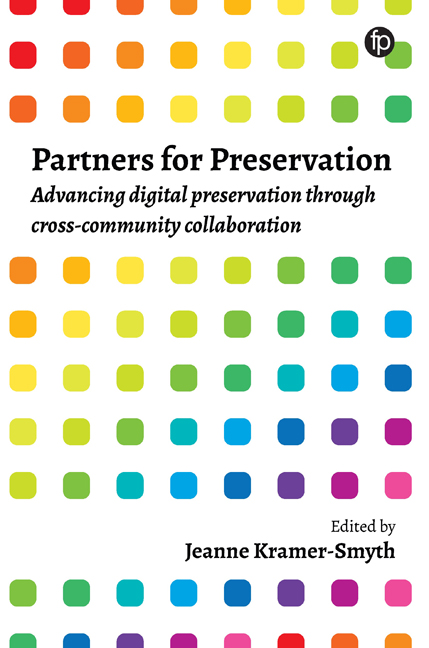Book contents
- Frontmatter
- dedication
- Contents
- List of figures and tables
- About the authors
- Foreword
- Introduction
- PART 1 MEMORY, PRIVACY AND TRANSPARENCY
- PART 2 THE PHYSICAL WORLD: OBJECTS, ART AND ARCHITECTURE
- PART 3 DATA AND PROGRAMMING
- 8 Preparing and releasing official statistical data
- 9 Sharing research data, data standards and improving opportunities for creating visualisations
- 10 Open source, version control and software sustainability
- Final thoughts
- Index
9 - Sharing research data, data standards and improving opportunities for creating visualisations
from PART 3 - DATA AND PROGRAMMING
Published online by Cambridge University Press: 08 June 2019
- Frontmatter
- dedication
- Contents
- List of figures and tables
- About the authors
- Foreword
- Introduction
- PART 1 MEMORY, PRIVACY AND TRANSPARENCY
- PART 2 THE PHYSICAL WORLD: OBJECTS, ART AND ARCHITECTURE
- PART 3 DATA AND PROGRAMMING
- 8 Preparing and releasing official statistical data
- 9 Sharing research data, data standards and improving opportunities for creating visualisations
- 10 Open source, version control and software sustainability
- Final thoughts
- Index
Summary
Introduction
Data visualisation is becoming an appreciated method for making sense of data, explaining complex information, and representing large amounts of information in a visual, concise manner. The data deluge has arrived, bringing with it grand expectations of new discoveries, better understandings, and improved ability to examine history and culture (Borgman, 2012). The problems that analysts face are becoming increasingly large and complex, not to mention uncertain, ill-defined and broadly scoped (Isenberg et al., 2011). Gone are the days of a single researcher painstakingly working through enormous amounts of data and reporting only a fraction of the insight it contains. Realistic problems often require broad expertise, diverse perspectives and a number of dedicated people to solve them (Isenberg et al., 2011). The pressure to share data comes from many quarters: funding agencies, polity bodies such as national academies and research councils, journal publishers, educators, the public at large and individual researchers themselves (Borgman, 2012). The idea of sharing research data has been explored from the perspective of computer-supported cooperative work (Isenberg et al., 2011). This approach focused primarily on collaborative systems that enable visualisation tools to be devel - oped that allow multiple users to interact with a visualisation application. Other approaches focused on visualisation techniques and shared cognition (Yusoff and Salim, 2015) and remote rendering of visualisations as a service (Paravati et al., 2011). This chapter looks at the collab orative nature of sharing the underlying data that propels the system, rather than focusing on systems and services. It provides an overview of the visualisation process, and discusses the challenge of sharing research data and ways data standards can increase opportunities for creating and sharing visualisations, while also increasing visualisation capacity building among researchers and scientists.
Data visualisation: an overview
Data visualisation is a non-trivial, iterative process that transforms data from a raw complex state into a visual representation for the purpose of gaining insight into what the data represents (Card et al., 1999). The process of visualising data entails seven stages:
• obtaining the data (acquire)
• providing some structure for the data's meaning, and ordering it into categories (parse)
• removing all but the data of interest (filter)
• applying methods from statistics or data mining to discern patterns (mine)
• choosing a basic visual model to represent the data (represent)
- Type
- Chapter
- Information
- Partners for PreservationAdvancing Digital Preservation through Cross-Community Collaboration, pp. 167 - 184Publisher: FacetPrint publication year: 2018



